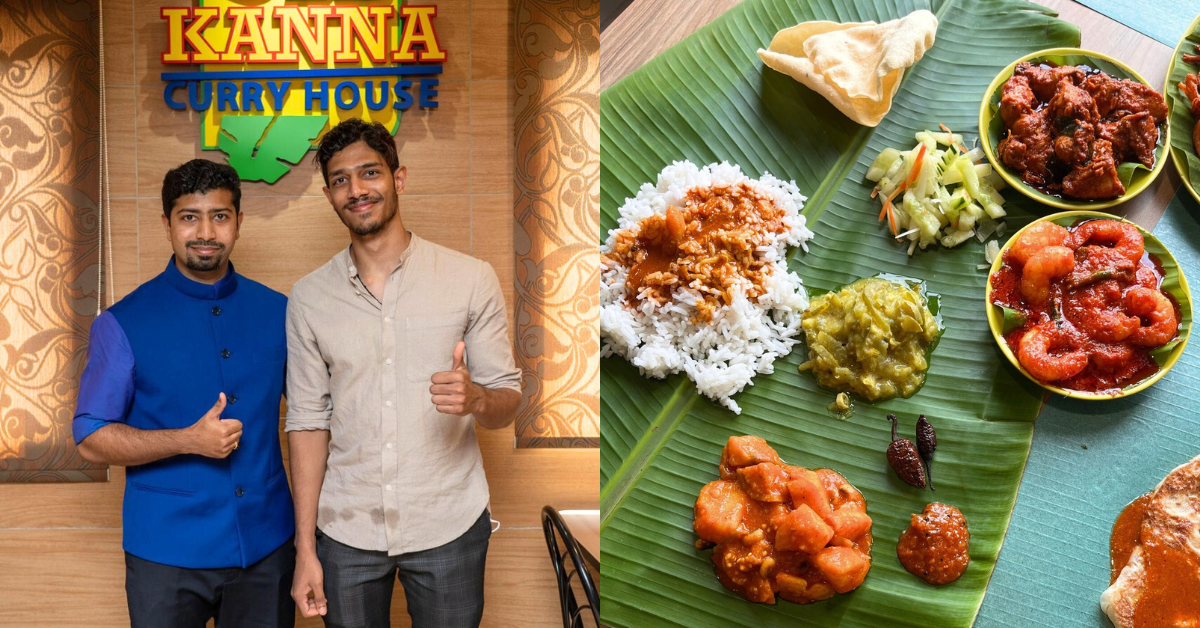Growing up, my family didn’t really frequent Indian restaurants as it just wasn’t to my mum’s palate. But when we did go out for Indian food, there would only be one place that my family returned to—Kanna Curry House.
Established in 1976, Kanna Curry House is a notable name in the local banana leaf rice scene. I would always find large crowds flocking the store during my visits to its Seksyen 17, PJ restaurant, and I’m sure that its six other outlets enjoy good popularity too.
Now, banana leaf rice itself isn’t a unique offering exclusive to Kanna Curry House. There are plenty of other restaurants that have it on their menu in Malaysia.
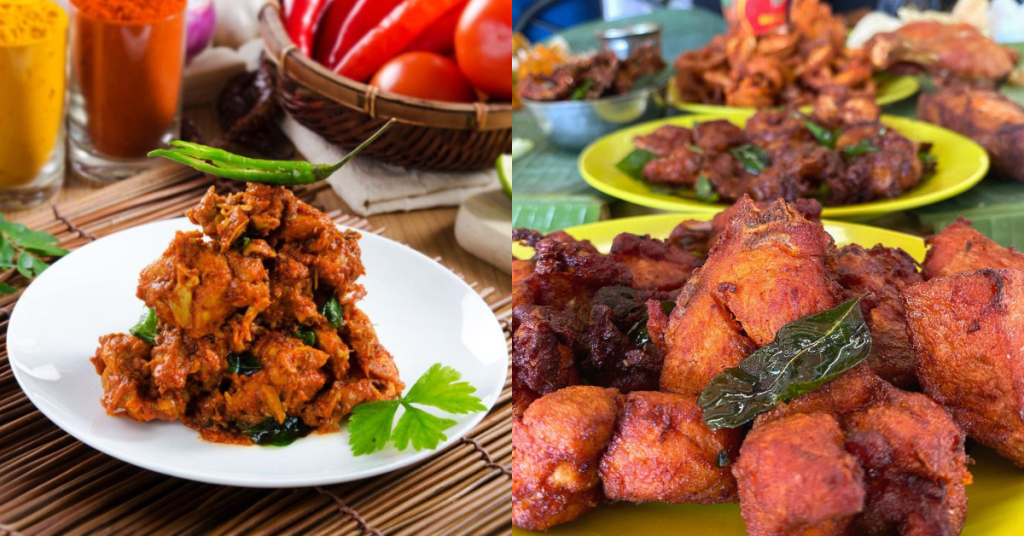
However, Yoga Kannan, one of the current directors and grandson of the founder, believes that their decades-old recipe is what sets them apart. “It has always been the same recipe since the start,” he said. “We have been maintaining the same quality.”
Initially a chef from a Chettinad town in India, Yoga explained that his grandfather, Usilappan Servai, had passed down his recipes to the other chefs of the restaurant. So you can find the same menu and taste offered at all of its seven outlets around Malaysia.
That said, it was never Usilappan’s idea for Kanna Curry House to expand the way it has today.
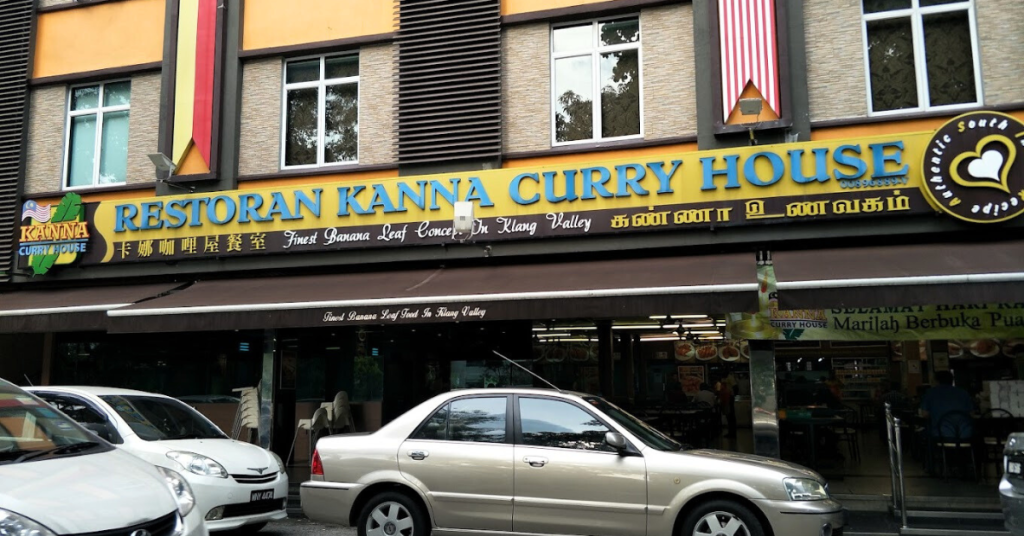
Keeping the business in the family
Speaking candidly, Yoga explained that like many others during the 70s, Usilappan’s intention when he first opened the restaurant was to put food on the table. “The goal was just to ‘grow the stomach’, to make sure we were always filled with food,” he shared.
“He came from a very poor and hard background, [so] the only thing that he thought of is not to grow very big, but to maintain his own pace.”
Hence, the plan to expand Kanna Curry House only happened in 2001 when Yoga’s father, Kannan Usilappan, took over the family business. From two outlets, the restaurant slowly grew to have seven outlets today.
1976
Kanna Curry House starts as a small stall at PJ Old Town.
1983
Kanna Curry House opens its first outlet at Seksyen 17, PJ.
2001
The second generation expands Kanna Curry House with a second outlet at Jalan Gasing, PJ.
2003
Kanna Curry House established a third location at Puchong Jaya.
2005
Kanna Curry House continues to grow with a new outlet at Bandar Menjalara, Kepong.
2006
Another branch of Kanna Curry House is opened in Klang.
2009
Kanna Curry House set up one more PJ-based outlet at Seksyen 4.
2014
The newest Kanna Curry House branch is established in Taman Mayang, PJ.

Around 2012, Yoga took over the business’s reins and is one of the main directors of the brand. Currently, he oversees the day-to-day operations of their newly renovated Kepong, KL outlet which also has more food choices and a wider variety of dishes for vegetarians and children.
Editor’s Update [29/2/2024, 12.43PM]: The sentence above has been edited for clarity.
But Yoga isn’t the only one of the third generation in the family enterprise. He shared that his three other siblings are also part of Kanna Curry House, though they prefer to stay out of the limelight.
Together, all four of them have been expanding the brand. But not by the number of outlets as most businesses typically would.
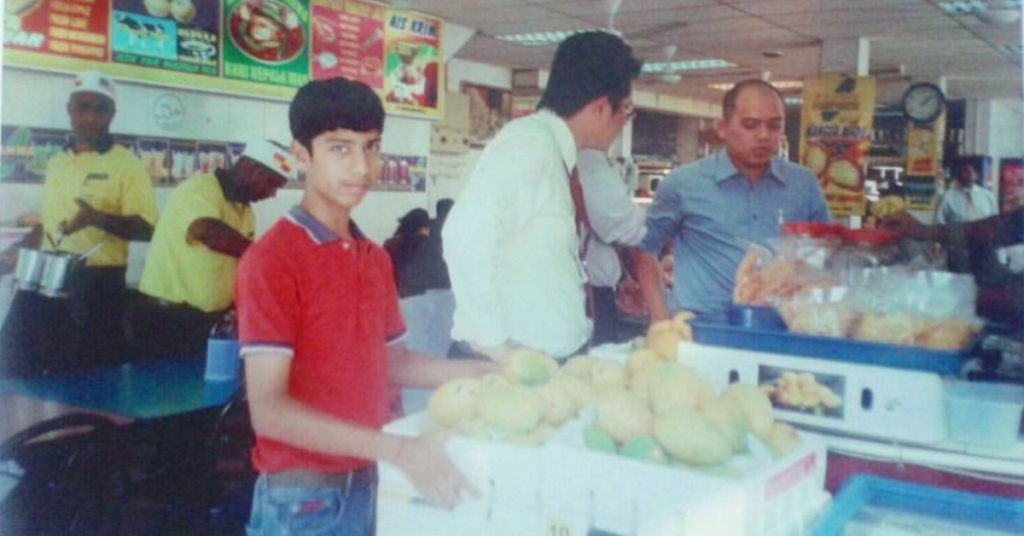
Preferring to focus on internal growth
Yoga explained that unlike his father’s time, the third generation is looking to expand inwards. So instead of opening up more branches of Kanna Curry House, they’ve been working on improving internal operations.
An example of this is using more modern technology to speed up the food preparation process. Yoga shared that back during his childhood days, all the vegetables were chopped by hand. But they’ve since moved from that traditional system to machineries.
Besides that, Yoga himself recently introduced their drop-off catering services. Thinking back to before, he said, “There were a lot of customers saying that they can’t actually order a huge quantity of deliveries.”
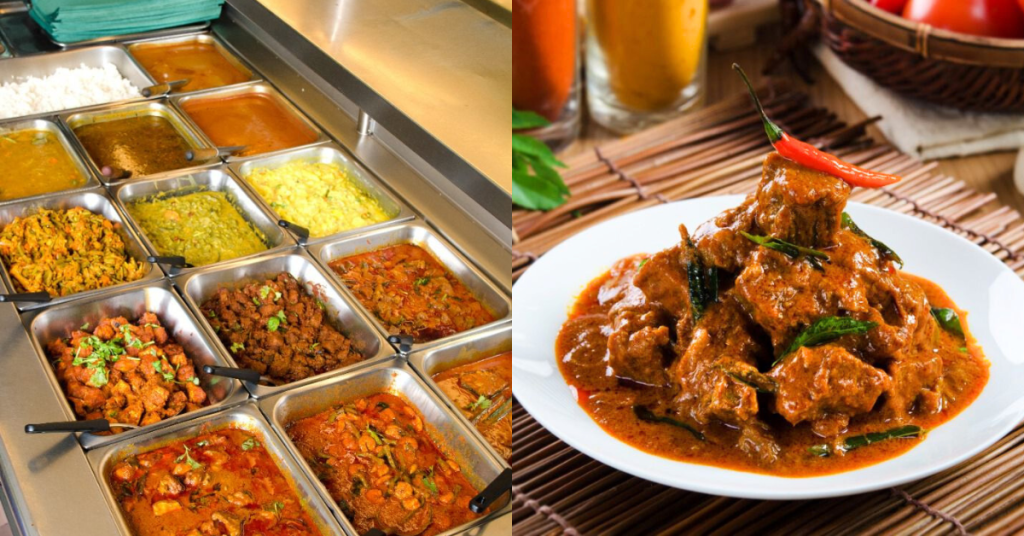
Hence, they chose to diversify the brand’s offerings by making this available. As a result, the brand expanded to serve B2B clientele such as Shangri-La Hotels and Resorts.
The brand also recently opened up function halls above selected restaurant outlets. This way, those looking to have Kanna Curry House’s catering could opt to have it outside the home or office.
There’s no such thing as bad publicity
While speaking to Yoga, I found out that, like many big brands, Kanna Curry House too has come under public scrutiny before. Why? For using synthetic banana leaves instead of fresh ones.
Around 2012, the restaurant encountered an issue with the supply of banana leaves. Yoga shared that the number they used on a daily basis was quite high, which meant that banana leaf supplies weren’t enough.
To solve this, the brand decided to look for an alternative. This led them to discover synthetic and biodegradable banana leaves that were made in India.
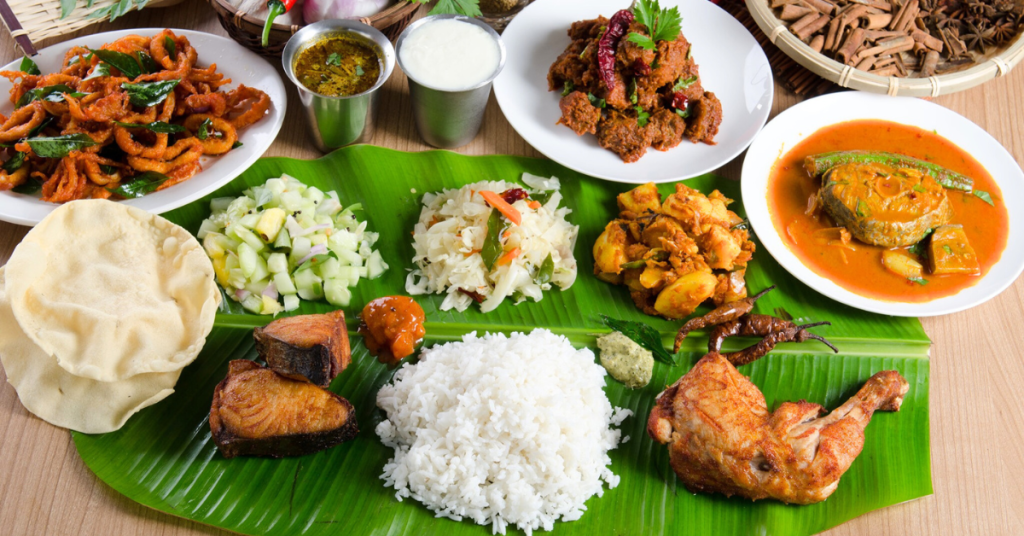
Naturally, as you would have guessed, people had mixed feelings about it. The Wall Street Journal even reported that it caused a debate amongst restaurateurs on the cultural significance of banana leaves.
“But even negative publicity is considered [good] publicity as well,” Yoga expressed. Unbeknownst to them at the time, the Department of Standards Malaysia (DSM) decided to check these synthetic banana leaves.
According to Yoga, the DSM later reported to The Star newspaper that the leaves were in fact biodegradable. And he credited this incident for really pushing Kanna Curry House into the public’s attention.
No plans of stopping anytime soon
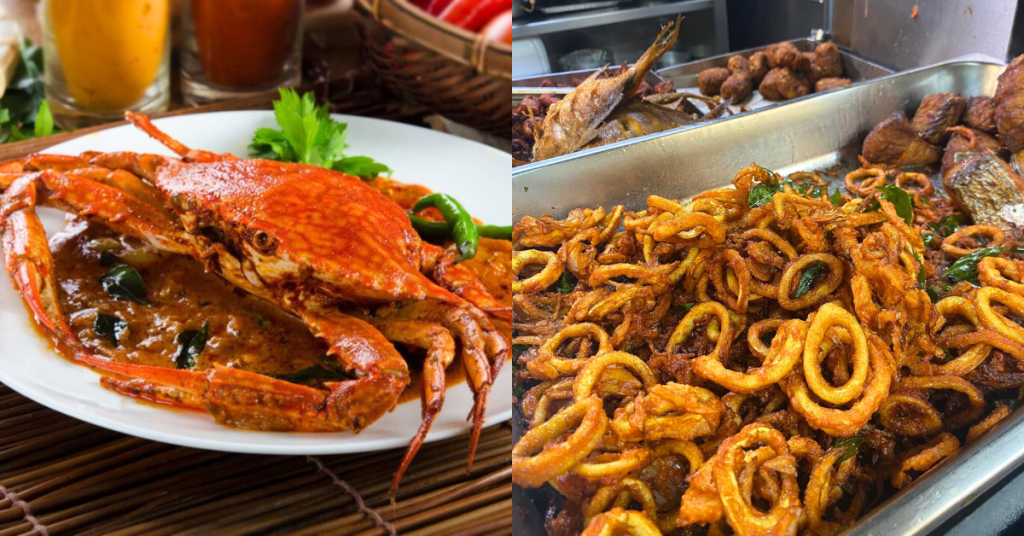
Despite its popularity, though, the brand has no plans of franchising its business or selling its rights to anyone. “We prefer to have it (Kanna Curry House) in a very controlled way,” Yoga said.
Hence, the idea is to keep it as a family enterprise.
Aside from that, it’s also how the restaurant has been able to control its food standards. If you’ve been to one of their outlets you’ve probably noticed that the fried dishes are cooked upon order.
This is because the brand doesn’t have a central kitchen, instead choosing to train each outlet’s kitchen to cook fresh. “We don’t support central kitchens because we know there is a possibility for the quality to run over there,” Yoga explained.
Some might disagree and believe that central kitchens do the exact opposite by enabling restaurants to maintain the same quality across outlets.
But in the end, it comes down to preferences, and Kanna Curry House’s method is one that has worked for them all these years.
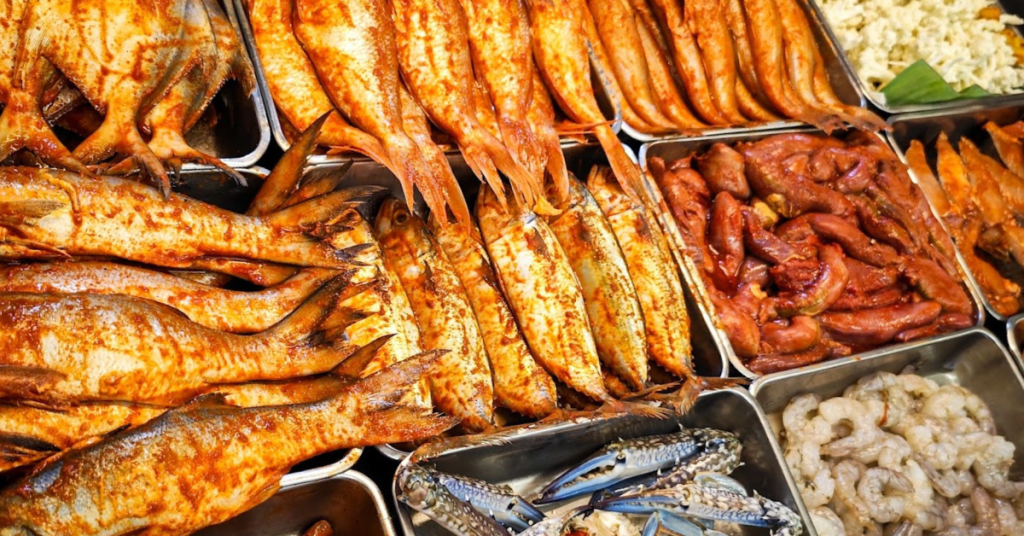
And this belief won’t be changing anytime soon, it seems.
Regarding its future, the founder’s grandson preferred to keep the explicit details to himself. One thing’s for sure though—under Yoga’s leadership, Kanna Curry House is here to stay.
Editor’s Update: Parts of this article has been edited to reflect greater accuracy.
- Learn more about Kanna Curry House here.
- Read other articles we’ve written about Malaysian startups here.
Featured Image Credit: Kanna Curry House

